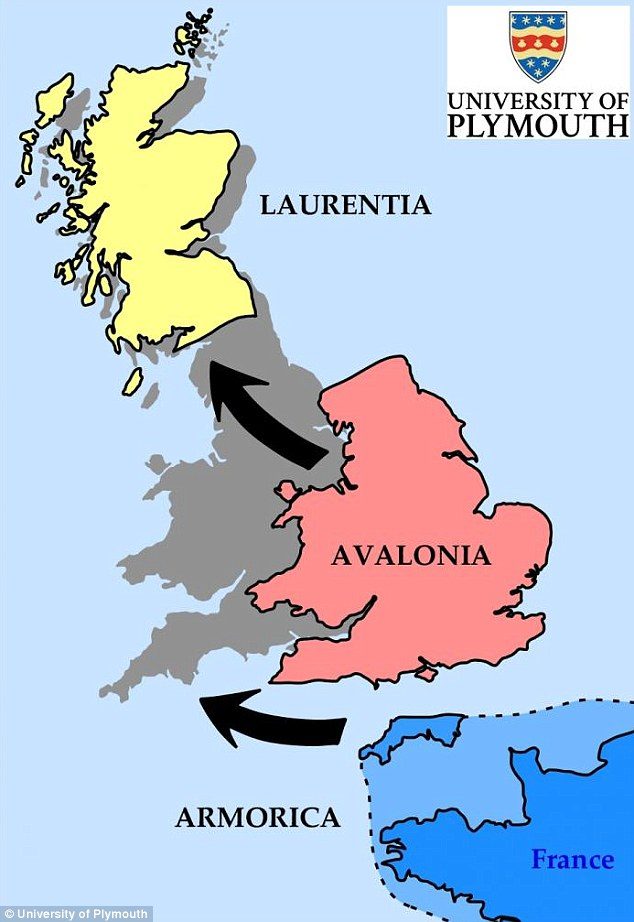
Scientists have for centuries believed that England, Wales and Scotland were created by the merger of Avalonia and Laurentia more than 400 million years ago.
However, geologists based at the University of Plymouth now believe that a third land mass-Armorica-was also involved in the process.
The findings are published in Nature Communications and follow an extensive study of mineral properties at exposed rock features across Devon and Cornwall.
They reveal a clear boundary running across the two counties, with areas north of it sharing their geological roots with the rest of England and Wales but everything south being geologically linked to France and mainland Europe.
Among other things, scientists believe the research explains the abundance of tin and tungsten in the far South West of England-metals also found in Brittany and other areas of mainland Europe, but not so evident in the rest of the UK.
The research's lead author, Lecturer in Igneous Petrology Dr. Arjan Dijkstra, said: "This is a completely new way of thinking about how Britain was formed. It has always been presumed that the border of Avalonia and Armorica was beneath what would seem to be the natural boundary of the English Channel. But our findings suggest that although there is no physical line on the surface, there is a clear geological boundary which separates Cornwall and south Devon from the rest of the UK."
Explore further: Who do you think you really are? The first fine-scale genetic map of the British Isles
More information: Arjan H. Dijkstra et al, Mapping a hidden terrane boundary in the mantle lithosphere with lamprophyres, Nature Communications (2018). DOI: 10.1038/s41467-018-06253-7
Journal reference: Nature Communications
Provided by: University of Plymouth



Comment: For further speculation coming from an independent researcher along with some intriguing data and graphics, see: Shaping Scotland In Two Shakes